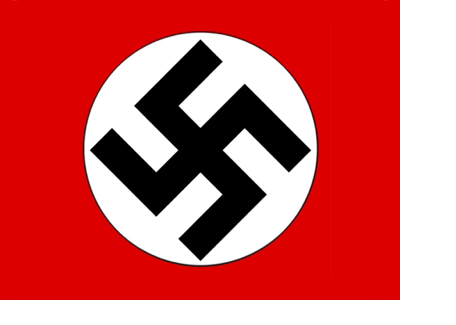(ms. malvika mahidhar)
- The word swastika comes from the Sanskrit svastika, which means “good fortune” or “well-being.”
- The motif (a hooked cross) appears to have first been used in Eurasia, as early as 7000 years ago, perhaps representing the movement of the sun through the sky.
- It is a sacred symbol in Hinduism, Buddhism, Jainism, and Odinism.
- The symbol experienced a resurgence in the late 19th century, following extensive archeological work such as that of the famous archeologist Heinrich Schliemann.
- He connected it with similar shapes found on pottery in Germany and speculated that it was a “significant religious symbol of our remote ancestors.”
- In the beginning of the 20th century the swastika was widely used in Europe. It had numerous meanings, the most common being a symbol of good luck and auspiciousness.
- German people is likely one of the main reasons why the Nazi party formally adopted the swastika as its symbol in 1920.
- The swastika would become the most recognizable icon of Nazi propaganda, appearing on the flag referred to by Hitler

- Swastika, the word itself translates to Su-Asti, meaning wellbeing. Most of the words when translated in any other language, especially from Sanskrit lose the meaning as these languages are meant only for a two dimensional space.
- The symbol of the Swastika is that of a four-dimensional cube, and is used extensively in Vedic mathematics.


- “Coca-Cola used it. Carlsberg used it on their beer bottles. The Boy Scouts adopted it and the Girls’ Club of America called their magazine Swastika.
- They would even send out swastika badges to their young readers as a prize for selling copies of the magazine,” he says.
- It was used by American military units during World War One and it could be seen on RAF planes as late as 1939. Most of these benign uses came to a halt in the 1930s as the Nazis rose to power in Germany.
- The irony is that the swastika is more European in origin than most people realise. Archaeological finds have long demonstrated that the swastika is a very old symbol, but ancient examples are by no means limited to India.
- It was used by the Ancient Greeks, Celts, and Anglo-Saxons and some of the oldest examples have been found in Eastern Europe, from the Baltic to the Balkans